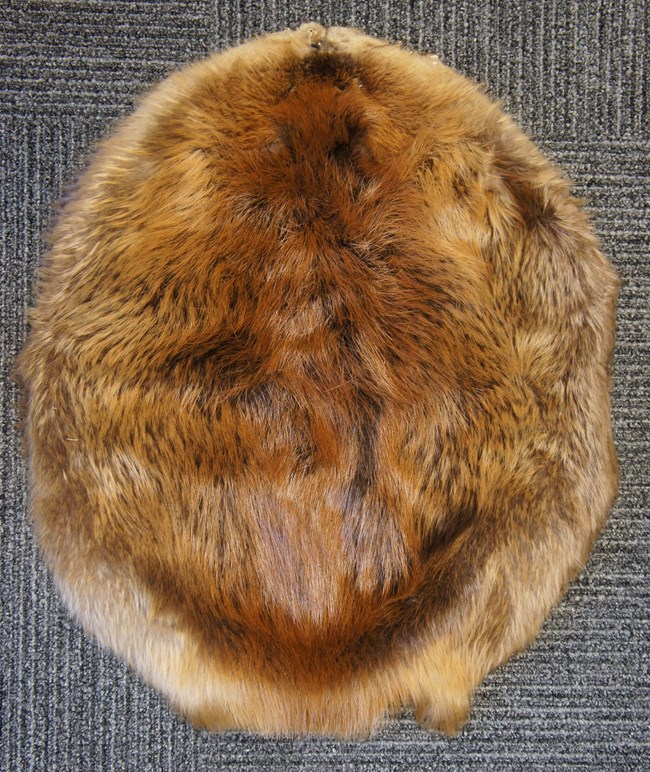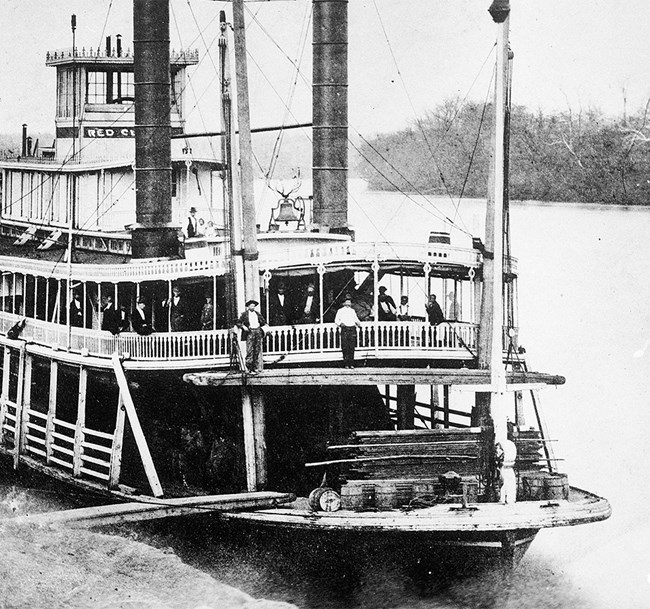
The fur trade, America’s first fashion-driven industry, stimulated Euro-American exploration of the Missouri River Valley several decades before Lewis & Clark. Beaver was most important, the dense undercoat being used to make felt hats. The entire world used furs, from wolf to muskrat, for warm clothing in this era before synthetic insulating materials. Early OutsidersEuropean traders brought manufactured goods that were new to the American Indians. These products included metal cooking pots, knives, guns, coffee, sugar, fabrics, and beads and ornaments. Competition became keen and sometimes violent among British, French, and Spanish companies. There are accounts indicating that French traders visited the Big Sioux Valley before 1700, with British Canadians following early in that century, reaching present-day Nebraska by 1773. Spaniard Juan Munier traded on the Missouri near the Niobrara River a few years later. A French expedition under Jacques D’Eglise reached the Mandan villages in present-day North Dakota in 1790 and brought back stories of British trade in the area. In response to these incursions, the Spanish government financed The Commercial Company for the Discovery of the Nations of the Upper Missouri, known as the Missouri Company, and sent three expeditions intended to reach the Mandan villages. The first, led by Jean Baptiste Truteau only reached a point a few miles upstream of what would later be the site of Fort Randall where they built the first constructed post in the future Dakota Territory. The second expedition was no more successful, ending at a Ponca village where trader Antoine Lecuyer took “not less than two wives… and wasted a great deal of the goods of the company.” The company’s third expedition under James MacKay and John Evans successfully reached the Mandan villages eight years before Lewis & Clark’s better-known American expedition. 
Big BusinessIn the early 1800s, the demand for beaver pelts for hatmaking remained strong. Between 1807 and 1812 Spaniard Manuel Lisa established posts from the site of today’s Omaha to the mouth of the Bighorn River in Montana. Ultimately unsuccessful, Lisa abandoned all of them by 1820. In 1822 a group of North West Company managers, shaken out in a merger with Hudson Bay Company, formed the Columbia Fur Company. Within five years their company had Missouri River posts operating near the Niobrara, Vermillion, and Big Sioux rivers. At that time, John Jacob Astor’s American Fur Company bought out Columbia and made it the Upper Missouri Outfit of the Western Department of the giant American Fur Company. 
NPS Photo Cultural ExchangeIn the fur trade, two radically different cultures came together to do business, usually peacefully. Traders took on the American Indian custom of trade as a social event to include the exchange of gifts and the sharing of a pipe, food, and news before the start of negotiations. Fur company employees, from the engagés (laborers) to the bourgeois (managers), often took American Indian or Métis (mixed blood) wives. It was not unusual for a chief to try to match his daughters to fur trade employees, for traders had easy access to goods and could offer the family the protection of a trade fort. The mixedblood sons of these unions often found themselves outcast by both white and Indian cultures and sometimes found acceptance and opportunity only in the fur trade. Dependency & DiseaseNot all of the traders’ influence was beneficial, however. Dependence on imported goods sometimes led to a more materialistic attitude and wasteful hunting. Traditionally, Plains Indians took only the game they needed for their own food, clothing, and shelter, and in some cultures thanked the spirit of the animal for its sacrifice. The desire for more manufactured goods demanded more pelts and hides. This need for more conflicted with traditional values. End of an EraThe fur trade did not end all at once; the decline of trade moved up the river as the tribes were relegated to reservations and their access to buffalo became limited. The American Fur Company found more profit in shipping reservation and military supplies than in trading for hides and pelts. Locally, American Fur Company’s Fort Vermillion and Ponca Post both closed in the 1850s as trade dwindled. Shortly after the departure of American Fur, a representative of Frost, Todd, & Co. began trading from a tent near the site of Yankton. |
Last updated: September 1, 2021
